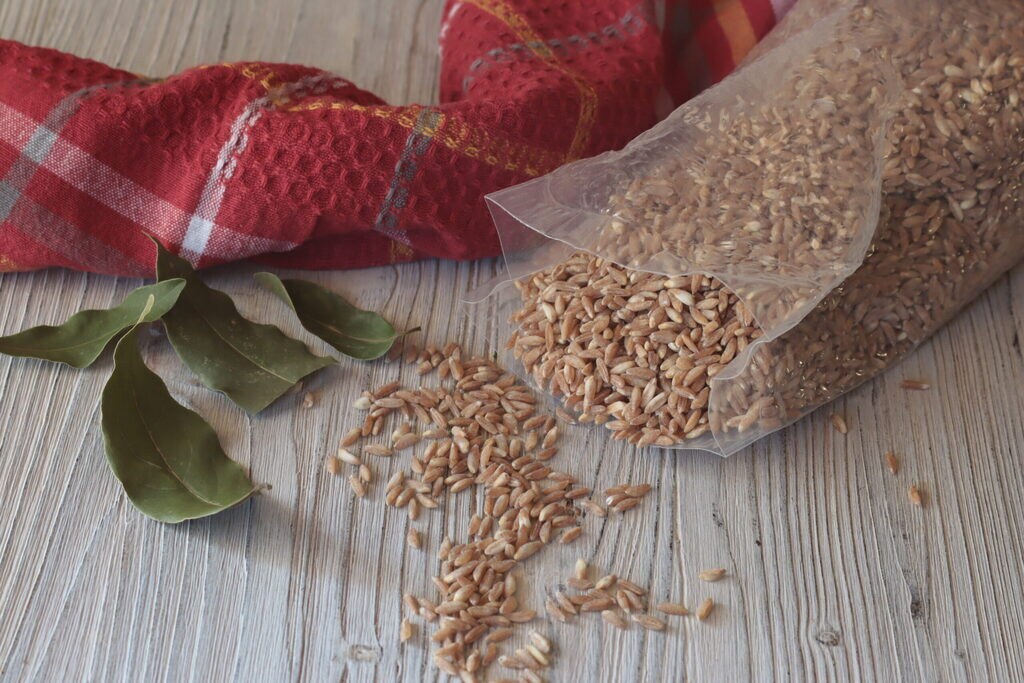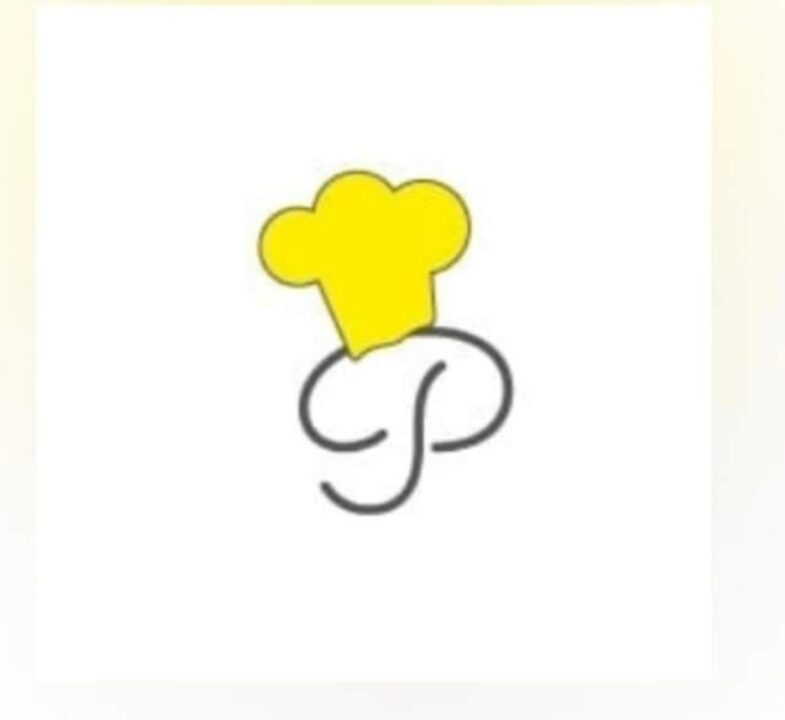
- Difficulty: Very Easy
- Cost: Very Cheap
- Preparation time: 20 Minutes
- Portions: 2
- Cooking methods: Stovetop
- Cuisine: Italian
- Seasonality: All Seasons
- Energy 371.20 (Kcal)
- Carbohydrates 46.01 (g) of which sugars 8.96 (g)
- Proteins 15.65 (g)
- Fat 15.67 (g) of which saturated 3.78 (g)of which unsaturated 3.66 (g)
- Fibers 8.31 (g)
- Sodium 1,333.14 (mg)
Indicative values for a portion of 12 g processed in an automated way starting from the nutritional information available on the CREA* and FoodData Central** databases. It is not food and / or nutritional advice.
* CREATES Food and Nutrition Research Center: https://www.crea.gov.it/alimenti-e-nutrizione https://www.alimentinutrizione.it ** U.S. Department of Agriculture, Agricultural Research Service. FoodData Central, 2019. https://fdc.nal.usda.gov
About Farro
It is rich in proteins, sugars, vitamins, fats, and minerals such as phosphorus. Already known by the ancient Romans, farro is a very appreciated cereal used in cooking, especially for soups. Tuscany, in particular, cultivates it and prepares it in delicious soups. It is also available pearled, which helps a lot by reducing the otherwise very long cooking times. I prefer it pearled to avoid soaking it the night before. Although preferably consumed in cold periods as soup, farro is also perfect in salads, a cold dish ideal for summer, replacing pasta or rice.
It is rich in proteins, sugars, vitamins, fats, and minerals such as phosphorus. Already known by the ancient Romans, farro is a very appreciated cereal used in cooking, especially for soups. Tuscany, in particular, cultivates it and prepares it in delicious soups. It is also available pearled, which helps a lot by reducing the otherwise very long cooking times. I prefer it pearled to avoid soaking it the night before. Although preferably consumed in cold periods as soup, farro is also perfect in salads, a cold dish ideal for summer, replacing pasta or rice.

